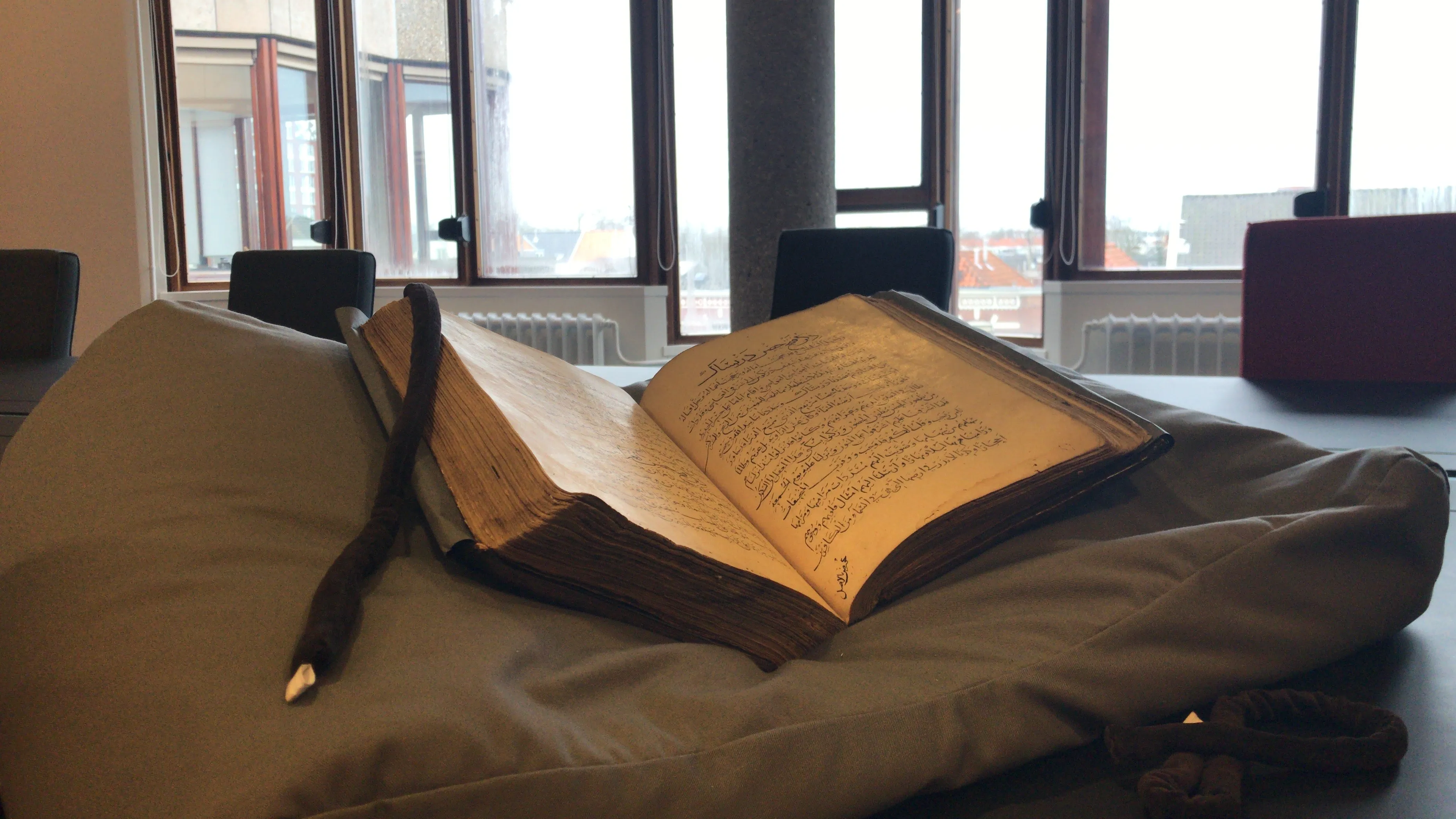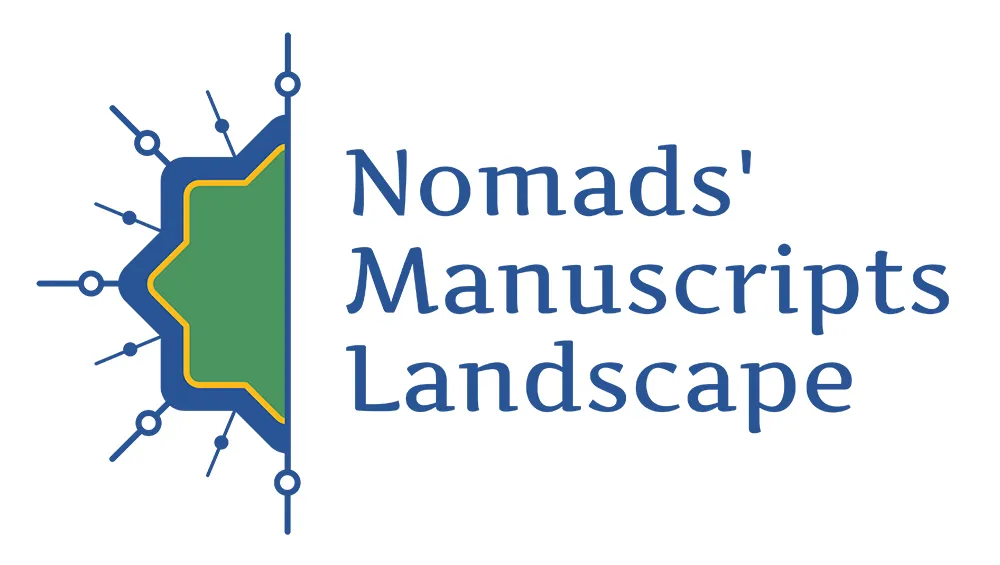
NoMansLand: Nomads' Manuscripts Landscape
- Hosting organisations
- Institut für Iranistik
- Responsible persons
- Bruno De Nicola
- Start
- End
This project studies the mechanisms by which pre-modern nomadic empires such as the Mongol Ilkhanate of Iran (r. 1260–1335), the Chaghatai Khanate of Central Asia (r. c.1225–1340) or the early Timurids interacted with the local populations they conquered. The main objective of the project is the study of the cultural symbiosis between nomadic rulers and sedentary population in medieval Iran and Central Asia on the basis of codicological information contained in the surviving manuscripts of the period. This process of bi-directional cultural exchange (Transculturation) can be seen at multiple levels in both interacting cultures, where aspects of “native” culture permeate into the “migrant” culture and vice versa in a cycle of cultural interaction that does not follow a single pattern or can be understood as a unidirectional process.
The NoMansLand team will approach the subject by means of an innovative methodology that focuses on the study of the production, distribution and consumptions of literary works with special reference to the codicological information contained in the existing Islamic manuscripts. Digital Humanities place a central role in the development of the project as a way to manage the large amount of information that the project collects as well as generating digital tools that help to enhance research in the field. The project will plan, develop and deliver an independent open-source database of Arabic and Persian manuscripts copied and circulated in Eurasia between the thirteenth and fifteenth centuries. Combining xml coding with GIS technologies and following the guideline established by TEI, the project will produce an interactive online platform containing bio-bibliographical and codicological information obtained by our team directly from the manuscripts.
The project is based at the Institute of Iranian Studies (ÖAW) and financed by the FWF (START-Prize 2019, Y 1232-G30). The project will work in close collaboration with the Austrian Centre for Digital Humanities and Cultural Heritage (ACDH-CH) of the ÖAW and different International research institutions.
